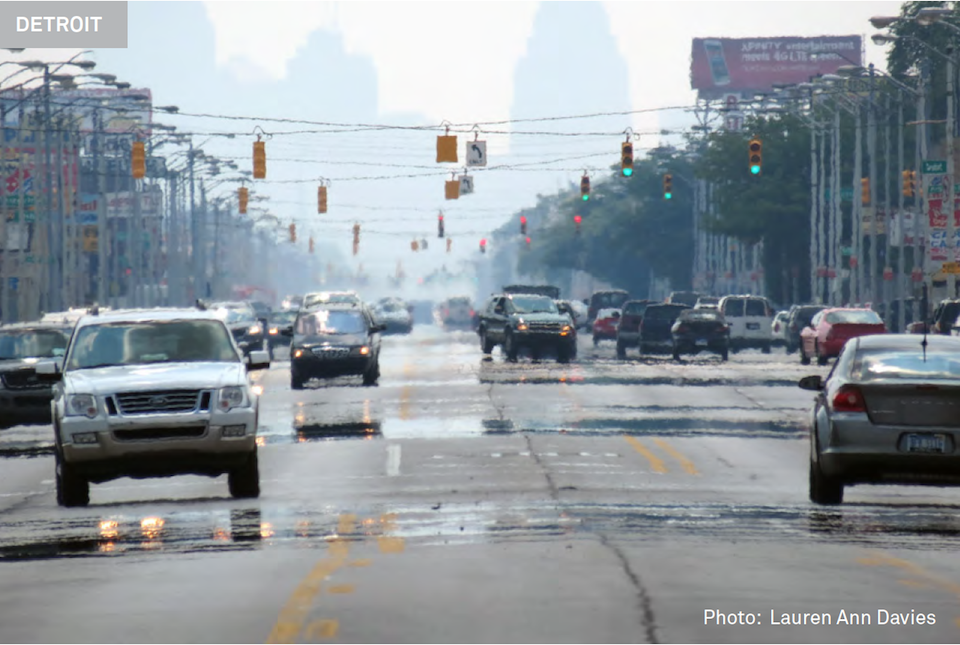Speeding occurs where drivers are comfortable exceeding a safe speed because of the design of the street, and when they have an opportunity to speed because there are no other cars ahead. Streets with excess motor vehicle capacity at either peak or non-peak times tend to provide opportunities to speed. Similarly, multilane streets as well as signalized streets with long green phases and/or high-speed progressions provide, by definition, more opportunities to speed than a one-lane street.
Analyzing speeding opportunities on a corridor can provide planners with information about the best speed mitigation strategies, for example through signal operations changes, limiting the number of motor vehicle lanes, or repurposing motor vehicle lanes to other uses.
Speeding opportunity can be modeled as the number of motor vehicles arriving at a point no other vehicles have passed for a set time, such as five seconds. For example, for signalized intersections, drivers have a speeding opportunity if they arrive at the intersection on a green signal at least five seconds after the previous vehicle.
Speeding opportunity can also be discussed as a daily vehicle volume: a street with several hundred opportunities to speed per day will produce far fewer injuries than one with several thousand opportunities to speed per day, assuming each vehicle has a similar potential for conflicts. Speed management projects should aim to greatly reduce the number of speeding opportunities in a given street, corridor, or zone.

